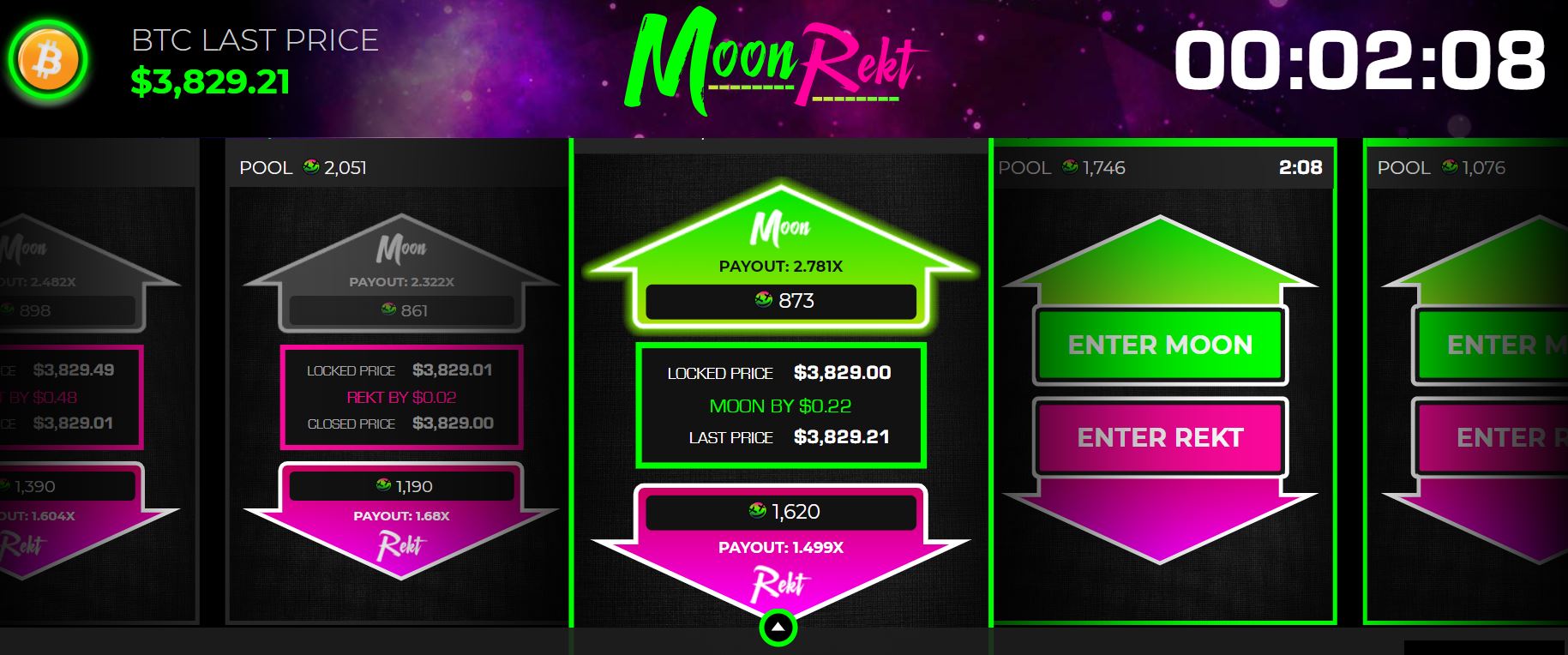Coinbase-Led Crypto Ratings Council Draws Skepticism From Legal Experts

An initiative led by crypto exchanges to categorize digital assets has drawn mixed reactions from leading legal experts and industry players.
Coinbase, Kraken, Bittrex and a number of other exchanges announced Monday that they were forming the Crypto Rating Council (CRC) to clarify whether cryptocurrencies are securities. The CRC uses a 1-5 rating scale, with 1 being a clear non-security (bitcoin, litecoin, dai), and 5 being clear securities (none of which were disclosed publicly) – at least in the eyes of the consortium.
A number of assets fell somewhere between 1 and 5, including XRP, maker, EOS, augur and ethereum.
Reactions to the plan have ranged from welcoming to derisive. While some have expressed optimism about the CRC as a concept, others have criticized how the rollout has been handled and whether the body will really serve to sway the minds of regulators.
“I think this is a great idea,” said Gary Goldsholle, a partner at law firm Steptoe and Johnson, who previously served as the Deputy Director of the Division of Trading and Markets at the U.S. Securities and Exchange Commission (SEC). He told CoinDesk that the council’s framework could benefit smaller issuers and platforms that don’t have sufficient resources to conduct the scale of analysis that the SEC requires.
“I know firsthand how rigorously the SEC reviews a digital asset to ascertain whether it is a security,” said Goldsholle, adding:
“That might lead to a situation where certain platforms have more information about certain assets than others do, which leads to an un-level playing field.”
Coinbase, the exchange leading the CRC, did not respond to multiple requests for comment. But Coinbase chief legal officer Brian Brooks said on Twitter that the members are not providing legal advice.
“You can think of our efforts as the foundation for an automated compliance tool, of which there are many in the financial services world,” he wrote. He added that, while members of the group “do have an interest” in being able to list more assets, they won’t add blatant securities due to the potential for fines and other penalties.
Self-regulation?
Stephen Palley, a partner at Anderson Kill, told CoinDesk that the CRC’s self-regulatory move is not new.
“The concept of a self-regulatory organization [SRO] is neither novel nor a bad idea,” he said, citing FINRA and the NYSE. “But this isn’t an SRO and it raises a host of issues, including anti-competitive cartel concerns.”
Jalak Jobanputra, founder of Future Perfect VC, said self-regulation would have been a preferable approach for the crypto sector in its earliest days, “instead of inviting harsher regulation through the tolerance of bad actors.”
What’s unclear is how the SEC itself views self-regulation (the agency did not respond to CoinDesk’s request for comment). But Goldsholle, the former SEC staffer, was supportive of the idea.
“Having a centralized point of contact for the token issuer to provide all the necessary information seemed like a helpful structure,” he said.
Jobanputra said getting past the current legal uncertainty around digital assets was key to moving the industry forward. She went on to say:
“I believe tokenization is an important part of our future – and the sector will have to engage with regulators if that future is to be realized. Initiatives like this, if executed objectively, can help further the conversation and provide clarity.”
Yankun Guo, a partner at Yankun Guo Law, cautioned that, while the CRC might seem like a genuine attempt at self-regulation, the industry “should not rely on these ratings alone.”
These companies will still need to conduct their analysis of their products to ensure legal compliance. And, indeed, the CRC’s website notes that the ratings should be construed as advisory rather than definitive.
Transparency concerns
While conceptually the CRC’s goals may be laudable, its execution “leaves a lot of questions to be answered,” Jobanputra said.
“The CRC has not released specific weights and calculations that have led to the ratings they have released on their website so far. That leaves behind a question on how much subjectivity is in the ratings,” she told CoinDesk via email.
Guo echoed these concerns, saying it remains unclear what precisely a rating of 2, 3 or 4 actually means for a digital asset. She added:
“A 2, 3 or definitely a 4 means the digital assets has some characteristics of a security and therefore, should they all be classified as one?”
These intermediate rankings may not hold much significance, Palley said. It is unclear what a 3.5 means, for example, and a cryptocurrency either is or is not a security, making a sliding-scale categorization moot.
It is also unclear how precisely these ratings will be used by the consortium’s member exchanges as they deliberate whether to list an asset, or whether non-consortium members will be able to use the ratings in any way, Goldsholle noted.
Still, “it may start to create a common view as to the status of certain digital assets,” he said.
“I would eventually like to see more transparency into the analysis that led to the ratings,” Goldsholle said, “because I think that could be helpful for token issuers to understand how they can design their token or network to avoid being classified as a security.”
Coinbase’s Brooks wrote Tuesday that “assets that score less than 5 but more than 1 show some characteristics of a security, but not enough for most members to consider them to be securities under current law.”
But he did not provide any further clarity on how the framework is applied to create a score.
Legal implications
More seriously, Palley said the ratings could lead to the CRC and its members being named in lawsuits.
“I can see litigants asking for discovery of deliberative materials provided by outside counsel used to calculate the ratings,” he said, adding:
“It’s hard to see how those materials would be protected by privilege. Imagine a federal judge saying to a defendant ‘so … the CRC said FooToken was a 3.5? This means it was maybe probably a security? You decided to list it, though?’”
Guo said the framework may help the exchanges control the narrative around how assets are regulated. And it shows how exchanges are now willing to work together for their common good.
Goldsholle likes that the CRC will encourage issuers to provide greater information if they want the group to reassess their tokens.
But Palley was less charitable about the project, at least as currently constructed, saying:
“While I think I understand the motivation behind this, it’s half-baked as implemented and I doubt will stand the test of time without some significant revision.”
Coinbase CEO Brian Armstrong image via CoinDesk archives









